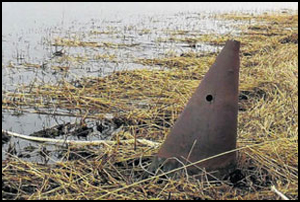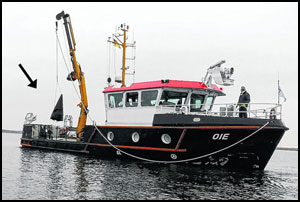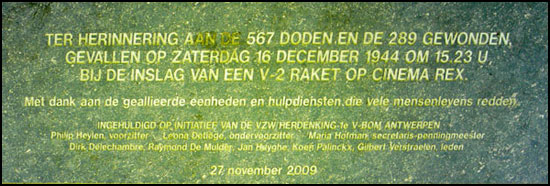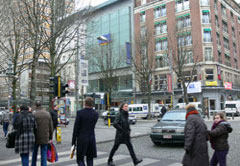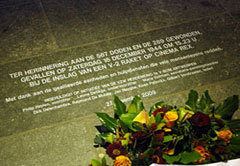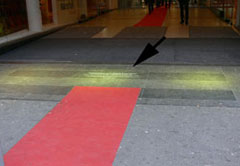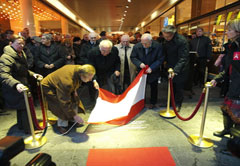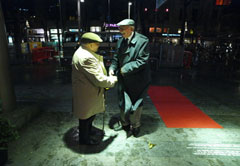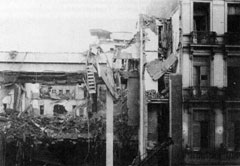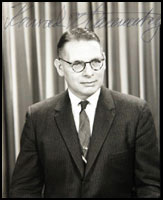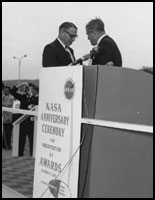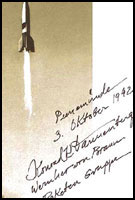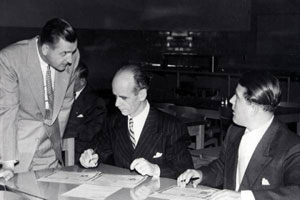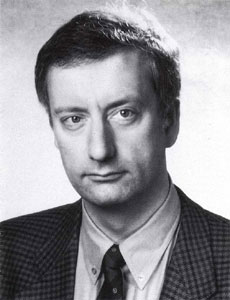
V-2 in the News
-
|
Warhead Found in Peenemünde May 2011 Kröslin / Peenemünde (2011) – It was announced yesterday that on March 30, 2011, a fisherman from Kröslin found the remains of a V-2 rocket nose in the vicinity of the Historical and Technical Museum Peenemünde. It was discovered in the reed-covered shoreline of Kröslin. Museum curator Christian Mühldorfer-Vogt said yesterday, “This is a relatively well-preserved head of a missile, a V-2 test rocket.” Perhaps more light is now shed on a particular test of a V-2 missile. According to an Army Research Institute launch report from Test Stand VII on February 19, 1943, this nose probably belongs to the thirteenth test missile fired from tip of Usedom. Being test flight number thirteen was most likely a bad omen for on this particular V-2, as nothing worked properly. The missile was supposed to soar 200 miles down the test range along the Pomeranian coast. Immediately at lift-off a fire broke out in the rear of the rocket. This caused a deflection in the beam and the rocket flew instead off course to the southwest. The rocket crashed after only 4.8 kilometers of flight. The discovery of the missile tip suggests that the ominous start of the experiment and its conclusion is confirmed. The fisherman first informed the water police and reported an unusual object. The tip was vertical in the reeds. The test body was free of explosives. As with all other rocket launches at Peenemünde, the warhead was filled with sand. The sand simulated the weight of the explosive material during the tests. After the investigation the warhead was given to the Historical and Technical Museum in April. It will be kept in the museum’s restoration workshop where the condition of the object is carefully documented and consideration is given for various options for preservation.
Apart
from
the weathering damage caused by nearly 70
years of resting in the reed area, the nose of the missile appears more
remarkably well preserved,” said museum curator Mühldorfer-Vogt.
With the
recent discovery, the museum now has four original V-2 warheads, two at
the
entrance main museum and a third attached to the life-size A-4/V-2
replica. Additionally,
the replica has many other original V-2 parts. The newly discovered
missile
warhead will be installed in the movie hall of the museum following its
preservation. |
